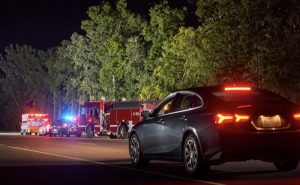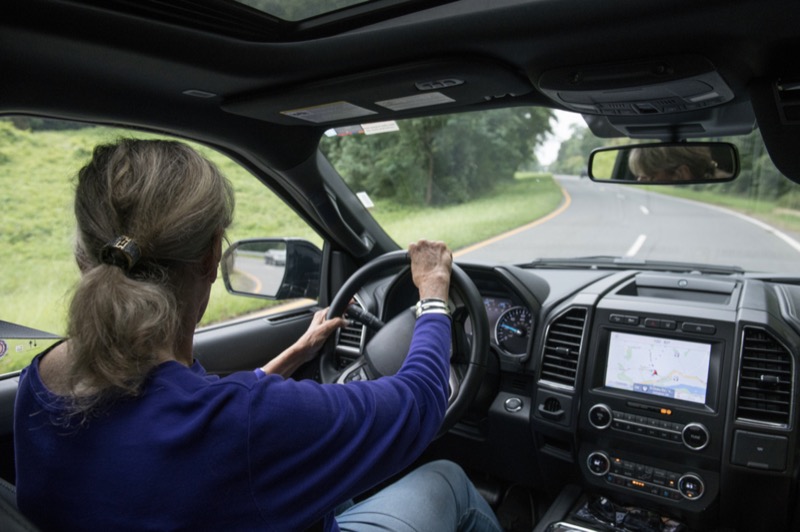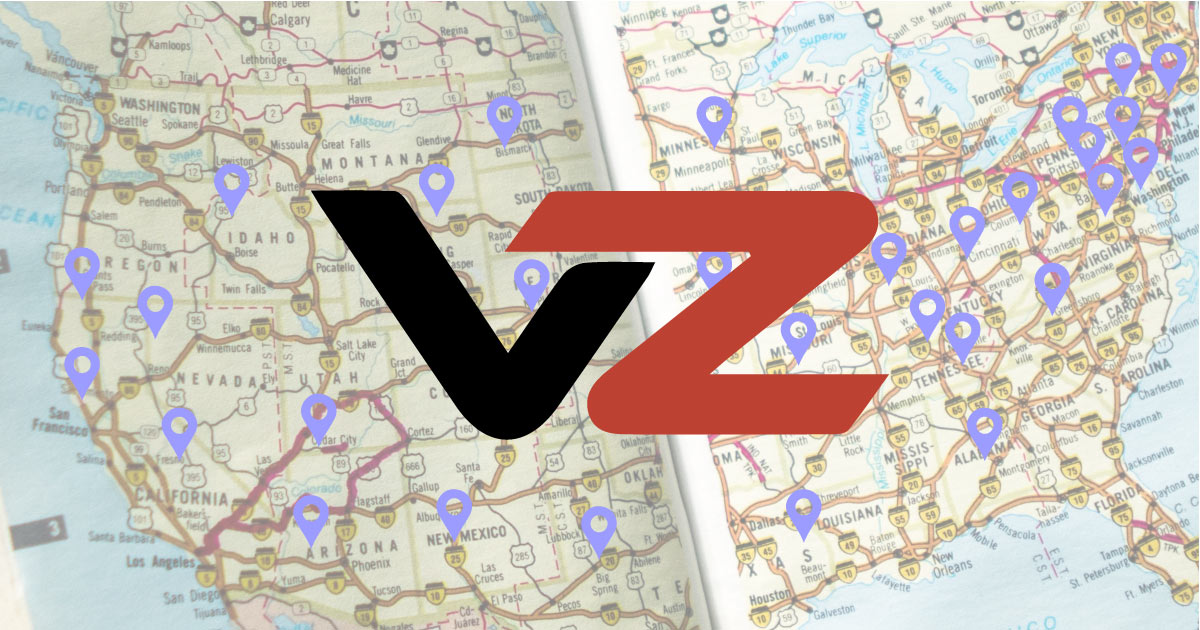In June 2021, the National Highway Traffic Safety Administration began requiring identified manufacturers and operators to report certain crashes involving vehicles equipped with SAE Level 2 Advanced Driver Assistance Systems. We know that’s a mouthful. But now that a year has gone by, we can find out more by taking a look at some of the data.
According to Dr. Steven Cliff, NHTSA’s administrator, “The data released are part of our commitment to transparency, accountability and public safety. New vehicle technologies have the potential to help prevent crashes, reduce crash severity and save lives, and the Department is interested in fostering technologies that are proven to do so; collecting this data is an important step in that effort. As we gather more data, NHTSA will be able to better identify any emerging risks or trends and learn more about how these technologies are performing in the real world.”
Let’s look at the findings and consider how these technologies may benefit your current vehicle when implemented in the aftermarket.
The Level 2 Definition
 Although Level 2 ADAS isn’t available in the aftermarket just yet, vehicles that are equipped with Level 2 ADAS provide both speed and steering input when the system is engaged. However, the systems require the human driver to remain fully engaged in the driving task at all times. Currently, aftermarket systems alert the driver with an audible and visual alert. It hasn’t been determined how much faster the fully automated systems are than a reasonably alert driver.
Although Level 2 ADAS isn’t available in the aftermarket just yet, vehicles that are equipped with Level 2 ADAS provide both speed and steering input when the system is engaged. However, the systems require the human driver to remain fully engaged in the driving task at all times. Currently, aftermarket systems alert the driver with an audible and visual alert. It hasn’t been determined how much faster the fully automated systems are than a reasonably alert driver.
The intent of this preliminary study is to begin to gauge the effect of these new safety technologies. The NHTSA says, “This new data is the first of its kind, and the reports detail several important caveats and limitations to this dataset for researchers, the press and the public to consider.”
But the study’s sample size, with only 367 incident reports, limits its influence. In addition, Tesla was overrepresented in the study. The Tesla telematics system alerts the company about accidents, and they did the right thing and passed the unfiltered data along to the NHTSA. So more reports came from Tesla vehicles, along with Hondas and their HondaLink telematics system. More data collection and research need to be done before we can determine whether a particular automaker’s safety suite works better than another’s, and how effective aftermarket products are for older vehicles. However, we do know ADAS-equipped vehicles fared better than their outdated counterparts without ADAS systems.
The Findings
 Serious injuries or fatalities occurred in only 11 of the 98 crashes where crash severity was reported in an ADAS-equipped vehicle (six fatal and five serious). Injury severity was unknown if a reporting entity’s crash data source did not contain injury information.
Serious injuries or fatalities occurred in only 11 of the 98 crashes where crash severity was reported in an ADAS-equipped vehicle (six fatal and five serious). Injury severity was unknown if a reporting entity’s crash data source did not contain injury information.
The main takeaway from the report is that only around 10% of the crashes with ADAS-equipped vehicles resulted in serious injuries. The majority of the time, there were no injuries and property damage was probably minor, with only around 3% of the incidents resulting in serious or fatal injuries. That’s significantly better than having no ADAS at all.
Moving Forward
Dr. Cliff sums it up by stating, “This crisis on our roads is urgent and preventable. We will redouble our safety efforts, and we need everyone – state and local governments, safety advocates, automakers, and drivers – to join us. All of our lives depend on it.”
Looking into aftermarket ADAS solutions though a VZAN-authorized retailer is a stellar way to combat injuries and deaths, especially in older vehicles that are probably in your driveway as you read this.


